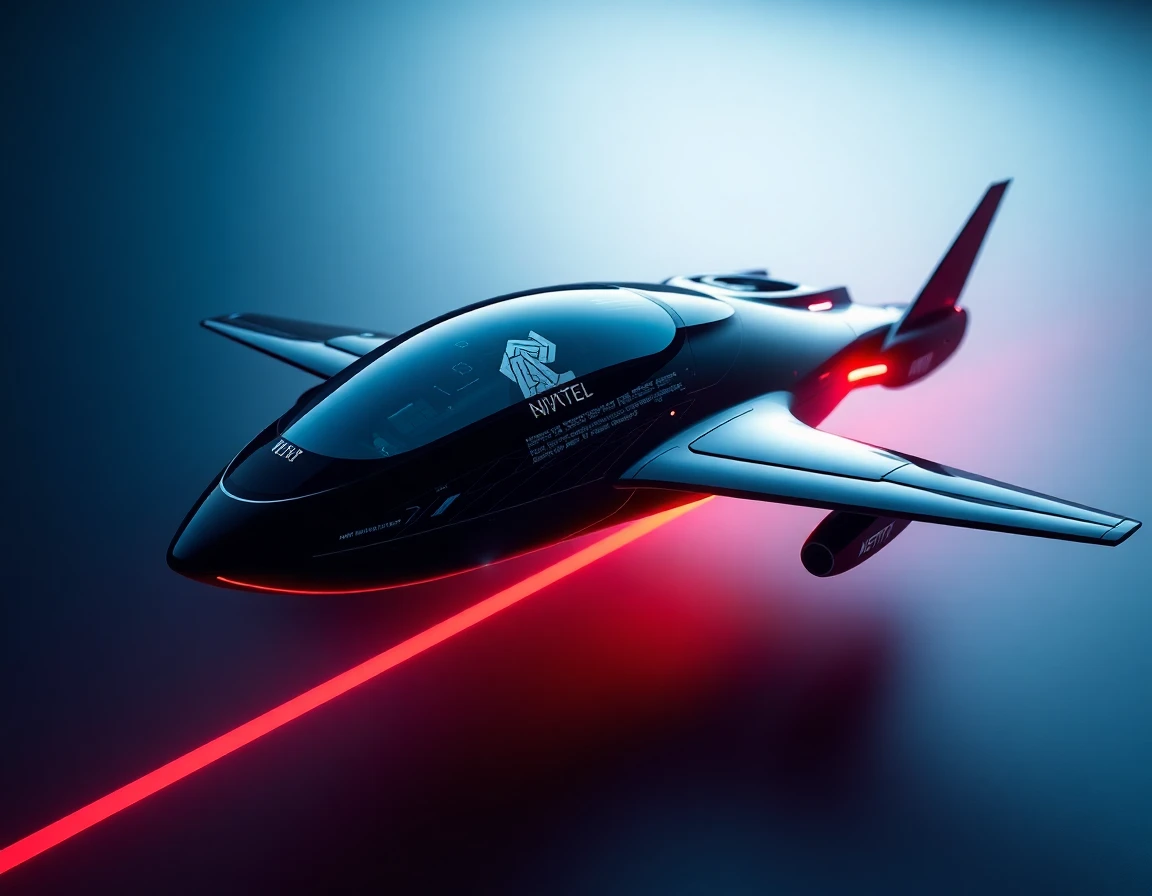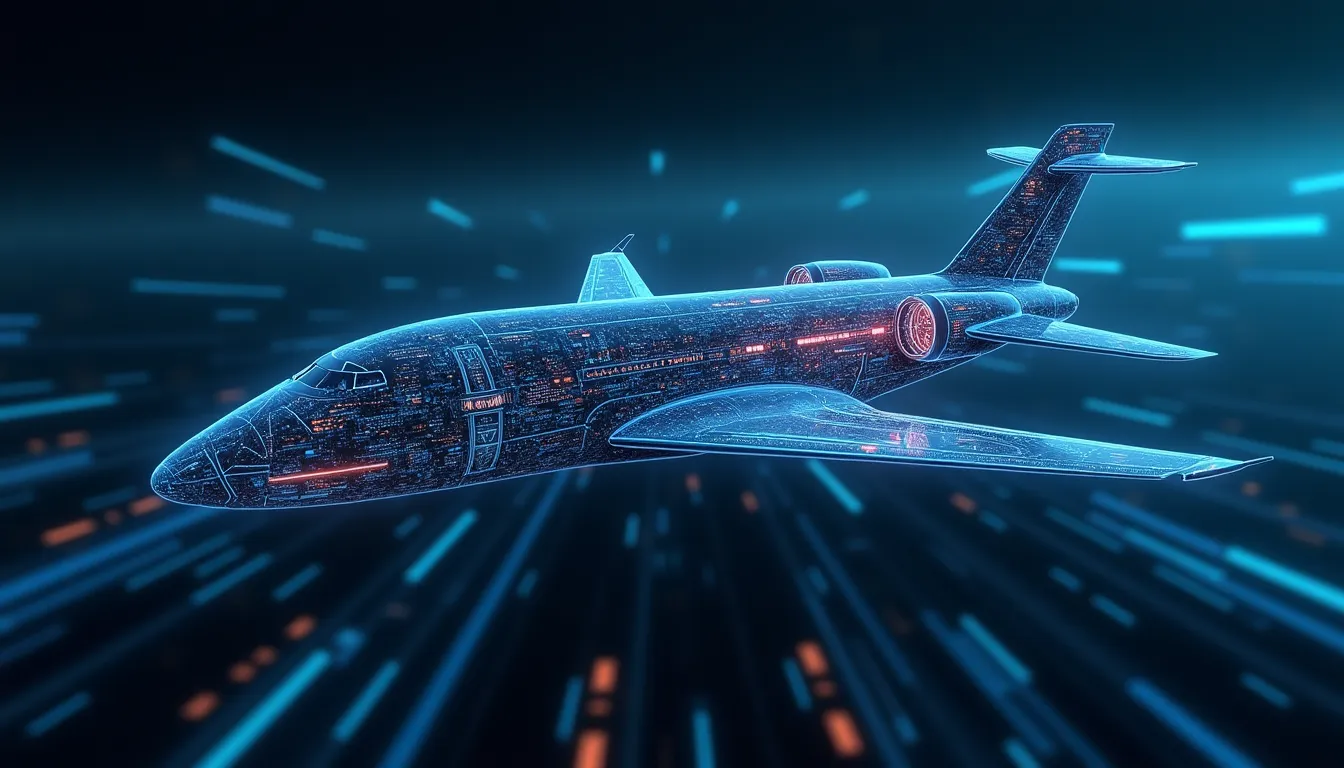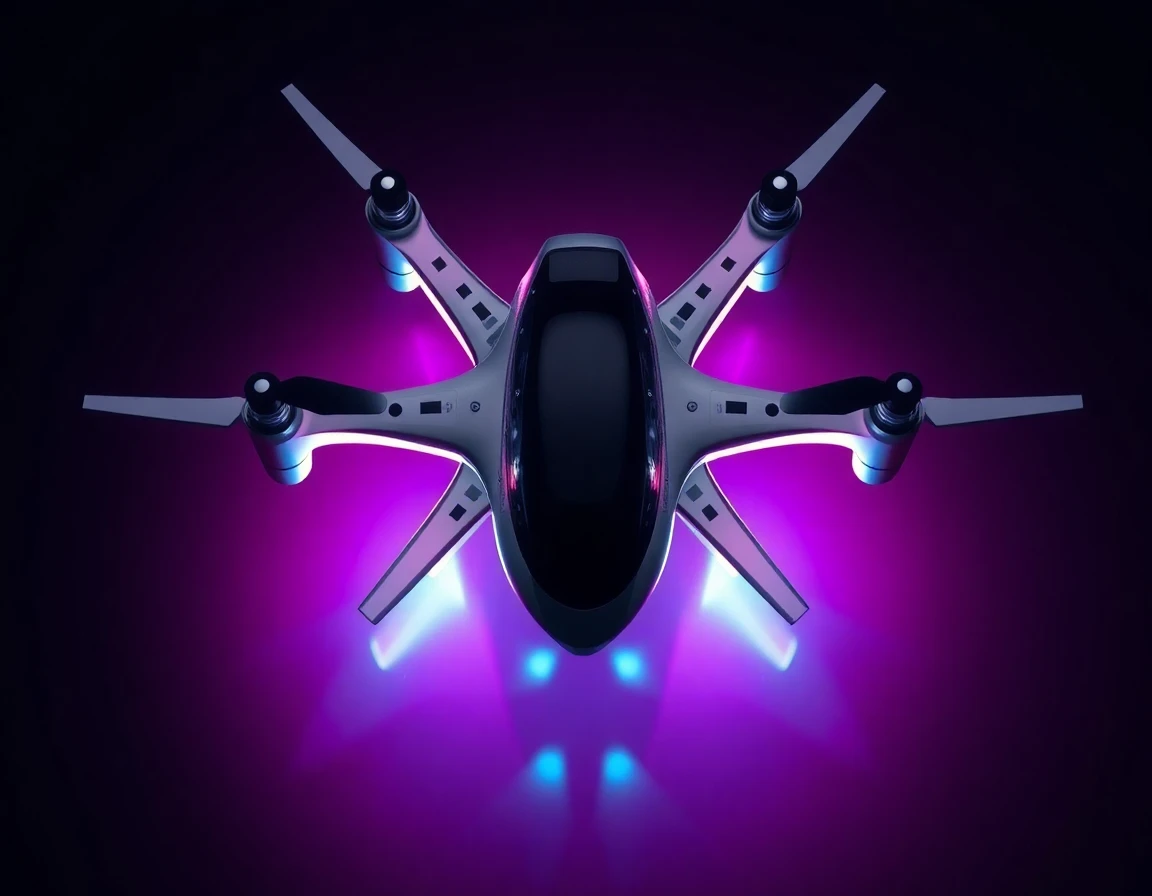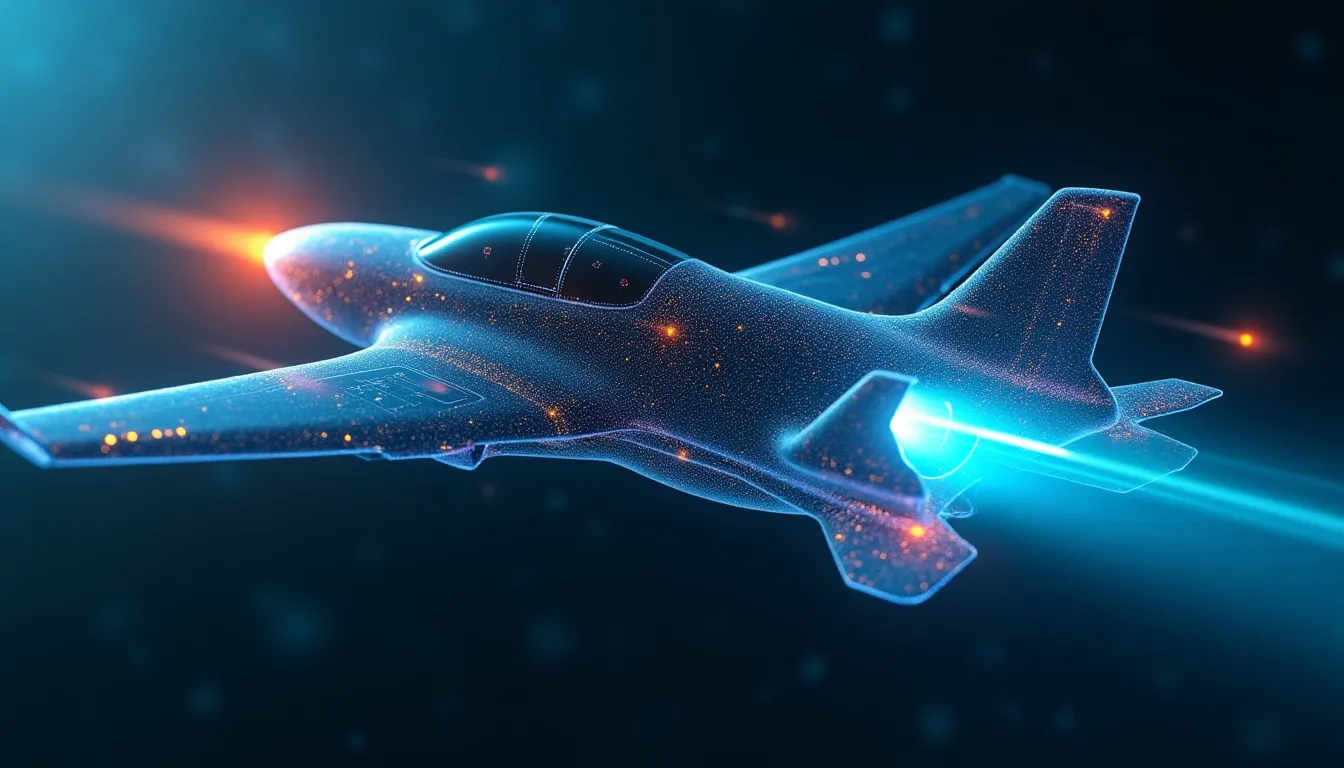The aviation industry is on the brink of a technological revolution, thanks to cutting-edge brain-computer interfaces (BCIs) that are enhancing pilot training and aircraft control. As the demand for safer and more efficient flying continues to rise, the integration of neural interfaces in aviation holds the promise of reshaping how pilots interact with their aircraft.
Understanding Neural Interface Technology
Neural interfaces, or brain-computer interfaces, facilitate direct communication between the human brain and external devices. By interpreting neural signals, these technologies enable pilots to control aircraft systems using their thoughts, thereby streamlining operations and potentially reducing cognitive load during critical flight phases. The implications of such technology extend beyond mere convenience; they could lead to significant improvements in safety and performance.
Enhancing Pilot Training
One of the most exciting applications of neural interface technology is in pilot training. Traditional flight simulators, while effective, often fall short in replicating the complexities of actual flight dynamics. Integrating neural interfaces allows for real-time feedback on pilot reactions and decision-making processes. For instance, a pilot can receive immediate neural feedback on their stress levels or cognitive load during training exercises, leading to more tailored and effective training programs.
Dr. Emily Carter, an aerospace engineer specializing in human factors in aviation, states, “Neural interfaces can significantly enhance our understanding of how pilots process information under stress. By recording neural activity during flight simulations, we can create training modules that adapt to individual pilots’ needs, improving overall readiness and safety.”
Advancements in Aircraft Control
In addition to training, neural interfaces offer exciting possibilities for aircraft control. Traditional cockpit interfaces can be complex and overwhelming, especially during high-stress scenarios. By utilizing neural signals, pilots could potentially perform critical maneuvers with greater ease and precision. This technology could integrate seamlessly with existing advanced sensor modules, which provide comprehensive motion sensing capabilities that enhance the functionality of neural interfaces in aviation.
These advanced sensor modules offer integrated three-axis gyroscopes and accelerometers that ensure exceptional stability and accurate motion data. This real-time information can significantly improve the pilot’s understanding of aircraft dynamics, allowing them to make better-informed decisions quickly.
Future Developments in Neural Interface Aviation
As research in neural interface technology progresses, several exciting developments are on the horizon. Companies are exploring the integration of artificial intelligence (AI) to analyze neural data further, potentially leading to predictive systems that anticipate pilot needs based on their mental state. This could revolutionize not just pilot training but also in-flight operations, enabling a more intuitive interaction between human and machine.
Moreover, regulatory bodies like the Federal Aviation Administration (FAA) are beginning to consider the implications of neural interface technologies for commercial aviation, paving the way for broader adoption in the near future. Experts believe that as these technologies mature, they could also find applications in unmanned aerial vehicles (UAVs) and air traffic control systems, further enhancing safety and efficiency.
Industry Perspectives
Industry leaders are optimistic about the transformative potential of neural interfaces in aviation. John Thompson, CEO of AeroNeura, a startup specializing in neural interface technology, remarks, “We’re at the cusp of a new era in aviation. With neural interfaces, we’re not just improving pilot performance; we’re redefining the entire human-machine interaction. This could lead to unprecedented advancements in safety and efficiency.”
Conclusion
Neural interface aviation is not just a concept of the future—it’s an evolving reality that promises to reshape the aviation landscape. As we continue to witness advancements in brain-computer interfaces, the potential for enhanced pilot training, improved aircraft control, and overall safety in aviation becomes increasingly apparent. With technological advancements and industry support, neural interfaces may soon become a staple in cockpits worldwide, ushering in a new age of aviation.
As the industry moves forward, it will be crucial to ensure that these innovations are implemented safely and effectively, keeping the well-being of pilots and passengers as the top priority. The future of aviation is bright, and neural interfaces are leading the way.



